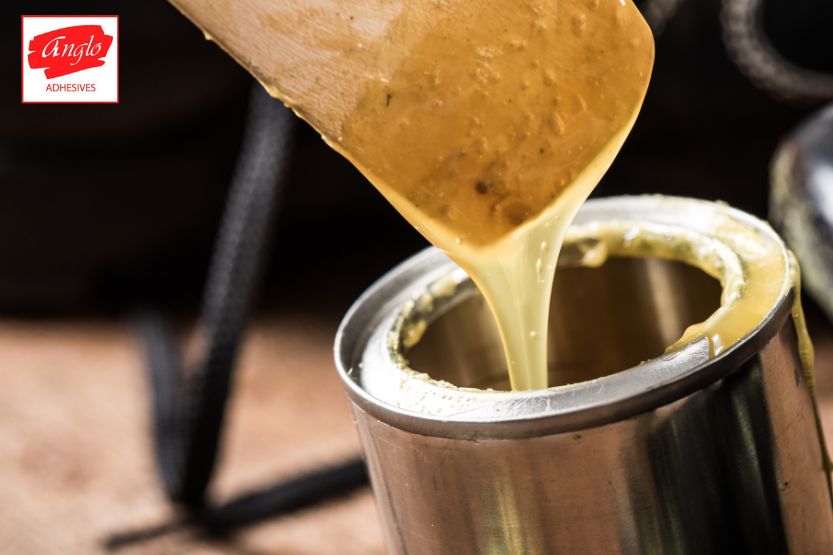Blog
The World of Synthetic Rubber Production: What You Need to Know?

Synthetic rubber production involves the synthesis of elastomers, or rubber-like materials, through chemical processes. Synthetic rubber production is a thriving industry that has significantly impacted various sectors, from automotive and aerospace to healthcare and consumer goods. In this blog post, we will delve into the intriguing world of synthetic rubber production, exploring what it is, how it’s manufactured, its significance, and the diverse types of synthetic rubber in use today. If you’re interested in synthetic rubber production and its various applications, this is a must-read.
Synthetic Rubber: What Is It?
Synthetic rubber is a versatile, man-made, polymer-based material that is engineered to mimic the properties of natural rubber. Unlike its natural counterpart derived from rubber trees, synthetic rubber is created through precise chemical processes, offering control over its composition for a myriad of industrial and consumer applications.
The importance of synthetic rubber
Synthetic rubber’s value cannot be overemphasized. Here are some of the main reasons why it is so important in today’s world:
Versatility: Synthetic rubber can be modified to meet specific requirements, making it a versatile material for a wide range of applications.
Durability: It boasts exceptional resistance to wear and tear, making it the material of choice for long-lasting products, including tyres and industrial belts.
Weather Resistance: Synthetic rubber can withstand extreme temperature conditions, making it suitable for use in diverse environments, from harsh outdoor conditions to indoor applications.
Cost-Effectiveness: Often more cost-effective to produce than natural rubber, it offers a budget-friendly alternative for many products, making it an attractive choice for manufacturers.
Synthetic Rubber Production: The Manufacturing Process
Flexible polymers are found in natural rubber. Here’s an overview of the key steps in synthetic rubber production:
Monomer Selection: A range of petrochemical monomers, such as styrene, butadiene, or isoprene, is chosen as the foundational components for synthetic rubber, depending on the desired properties.
Polymerization: These selected monomers are chemically bonded together in a controlled environment, forming extended chains of polymers with specific characteristics.
Vulcanization: To enhance the rubber’s properties, it undergoes vulcanization. This process involves adding sulphur and applying heat, which strengthens the material, increases its elasticity, and boosts its resistance to temperature changes.
Synthetic Rubber Production and Its Varied Types
Several types of synthetic rubber cater to various applications, each with unique characteristics to meet specific needs. Here are some common varieties:
Styrene-Butadiene Rubber (SBR): Renowned for its excellent abrasion resistance, SBR is a common choice for car tyres, conveyor belts, and shoe soles.
Polybutadiene Rubber (BR): Known for its high resilience and low-temperature flexibility, BR is used in applications such as golf balls, adhesives, and impact-resistant products.
Neoprene (CR): Resistant to oil, weathering, and chemicals, neoprene is found in wetsuits, gaskets, hoses, and electrical insulation.
Ethylene Propylene Diene Monomer (EPDM): Offering superb weather resistance, EPDM is used in roofing materials, automotive seals, and electrical cable insulation.
Nitrile Rubber (NBR): Resistant to oils and solvents, NBR is commonly found in hoses, gaskets, and seals used in the automotive and aerospace industries.
Understanding the intricacies of synthetic rubber production is key to appreciating its integral role in modern society. Its versatility, durability, and cost-effectiveness have made it an indispensable material across industries. Synthetic rubber is not just a substance; it’s a key ingredient in many of the products that enhance our lives daily, from the tyres on our cars to the soles of our shoes. Whether you’re an industry professional or simply curious about this fascinating field, synthetic rubber production is worth exploring to appreciate the numerous applications it offers.